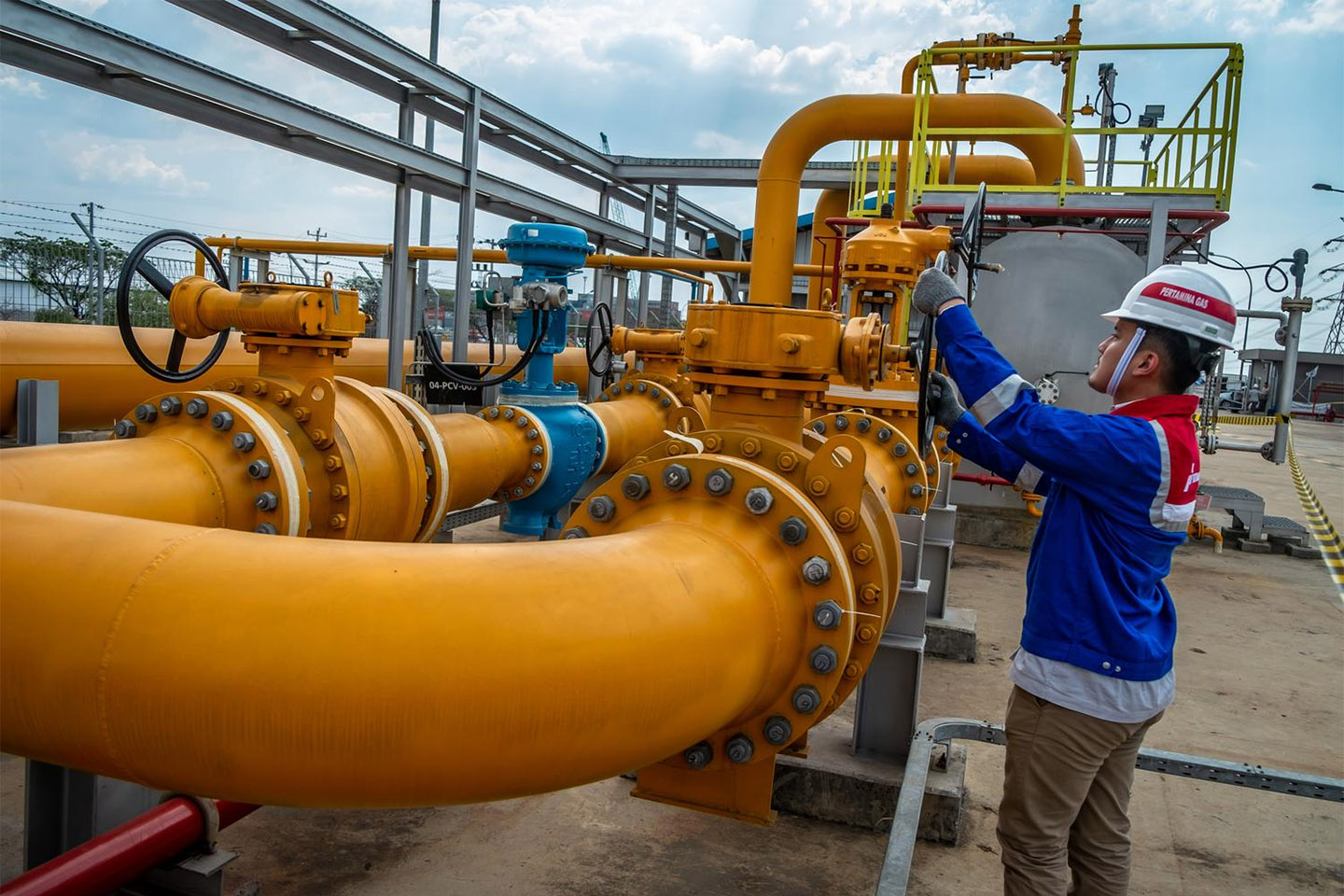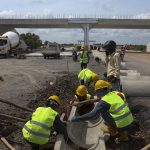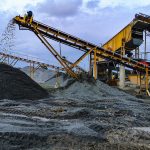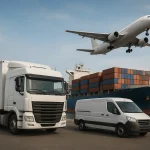Liga Asuransi – Dear readers, how are you? Again, we are discussing risk management and insurance for the construction industry.
This time we focus on the construction works of gas facilities that are considered high risk, the construction of gas includes the processing and distribution plant facilities.
As we know today gas is a much-needed source of energy, but on the other hand, gas is also a hazardous, combustible, and explosive material. If it is not managed properly, it can become a source of doom.
As a senior insurance broker, we would like to share our knowledge and experience with you in managing risk and providing appropriate insurance coverage for various construction projects in the energy sector. We summarize this paper from various sources, the list of links is at the end of this paper.
If you are interested in this article, please share it with your colleagues so that they also understand like you.
Indonesia focuses on gas facility development
As you may know that the government of Indonesia will build natural gas infrastructure in various regions. The cost required will reach US$ 32.42 billion by 2025.
In accordance with the National Energy Policy, the natural gas mix target reaches 25% by 2025. On the other hand, Indonesia has diverse sources of natural gas and is in various regions. For this target to be achieved, a massive gas infrastructure must be built.
The infrastructure to be built includes gas pipelines with an investment of US 8.5 billion, LNG and regasification of 8 billion, gas stations worth US$ 1.3 billion, municipal gas networks of US$ 2.5 billion, and LPG infrastructure of 0.42 billion.
The government expects the gas infrastructure to be built by the private sector, given the limitations of the state budget. The state budget is prioritized for the construction of facilities whose benefits are directly felt by the community.
The Risks of Gas Facility Construction
Investing in a gas supply infrastructure is a costly, complex, and multi-step undertaking. Since such infrastructure is a strategic component of a national energy supply system, which is designed to provide energy supplies for production and service processes, for the needs of collective and individual heat supplies, its reliability and uninterrupted operation must be ensured.
Every participant in an investment process (an investor, a designer, and a contractor) must be fully aware of the requirements and bear liability for the tasks they have undertaken to perform.
The failure of the high-pressure gas pipeline would be extremely dangerous for both people, civil engineering constructions (including buildings), and the environment.
Therefore, the use of any method which will diminish the probability of occurrence of such an event is necessary.
The process of the construction of the gas pipeline is very complicated and many risk factors can occur. The critical factors can materialize at different stages of the construction process.
Therefore, in-process risk management is a proper tool in these cases. Additionally, such an approach is used widely in infrastructural construction projects.
Having identified the main risk factors in the pipeline construction process (as stated above) one can try to manage them. The main tool of risk management in the industry is quality control.
Excavation Errors Are Significant Gas Line Accidents
During this time, excavation damage has almost always been the top cause of “significant incidents” meaning ruptures that resulted in a fatality, an injury requiring inpatient treatment. Excavation accidents can account for anywhere from a quarter of these ruptures to more than half each year.
Therefore, appropriate supervision and control become a key element of a construction process with the view to acknowledging and ensuring that a given facility will be built in compliance with the construction law, the conditions specified in a building permit, the applicable regulations, and standards as well as the investor’s demands.
The character of a gas supply pipeline construction project has an impact on the scope and types of risks that may occur and adversely affect the outcome of the project.
The risks in the pipeline construction projects may be of different origins, including design risk, management risk, construction risk, subcontractor risk, political/governance risk, economical/financial risk, owner generated risk, material risk, and equipment in order to cater to its high energy demand, Indonesia is planning to import natural gas through pipelines from neighbouring countries.
Risk factors and the specific groups of technological tasks in a gas supply pipeline construction process Construction activities related to linear facilities are exposed to a variety of risks and hazards, the occurrence of which may significantly distort the process and lead to e.g., delays, cost overruns, and, in some extreme cases, discontinuation of a project or a failure to complete a given task.
Making a decision on the participation in a tender or on the acceptance of a contract, a party involved should be fully aware of any unfavorable events which may occur and should be able to identify these in an effective way.
The risk analysis for the construction of a gas supply pipeline shows that the process is highly complex and covers many stages, which can also be translated into the scope and extent of risks that may have a negative impact on the outcome.
List of causes of accidents in gas facility constructions.
- Defect score before placement of a pipeline in a trench
- defect using DCVG survey
- defect sections
- Defective joints, exceeding the limit specified in the tender
- Failure to achieve the required resistance of a connection or jacking pipe after drawing
- Failure to introduce changes to design documents
- Failure to meet insulation parameters of joints
- Failure to meet insulation requirements for fittings
- Failure to perform (or incorrect performance) of an insulation tightness test for
- Failure to perform (or incorrect performance) of insulation testing for joints using a
- Failure to perform (or incorrect performance) of insulation testing on separated (zero
- Failure to perform (or incorrect performance) of pipe tightness tests with a
- Failure to repair damaged insulation
- Failure to restore the land to its original condition (when handing the land over to the owner)
- Filling trenches with blocks, debris, stones, roots, etc.
- fixtures with a defect score
- HDD boring – a diversion from a planned route
- HDD boring – a supply pipeline stuck under the ground
- Inaccurate tightening of screws on a flange
- Incompliant quality documentation (for acceptance tests)
- Incorrect installation of a supply pipe in a protective pipe
- Incorrect insulation of protective pipe terminals in a pipeline
- Incorrect placement of a gas supply pipeline in a trench (axis and cover)
- Incorrect placement of pipes for ramming and borings
- Incorrect production of a weld – no acceptance
- Incorrect testing of an insulation layer for leakage, failure to find the location of a
- Leaving blocks, debris, stones, roots, etc. in a trench
- No correct protection of trenches
- No non-destructive testing of joints (RT, UT, MT, PT)
- No required authorization held by a Non-destructive Testing Laboratory
- Pressure drops in tightness or fatigue testing
- Welders and/or welding equipment operators without required authorizations
- Welding conducted by the Ordering Party’s unauthorized welders and operators
Note: This is only part of the numerous causes
gas line accidents during construction
Almost every project has the potential for injuries, and together they account for more than half of all construction worker deaths.
Even though gas explosions don’t crack the top four causes of construction worker deaths, the risk of a gas line leak at construction site workplaces is much higher than in other professional contexts.
Underground gas lines are a known hazard of any construction project that involves digging, and construction companies have a responsibility to account for this and take the necessary precautions. Unfortunately, this often doesn’t happen.
Why for gas facility project insurance you need to use the services of an insurance broker?
Arranging a CAR/EAR/TPL insurance policy for a gas facility project is not easy because of the high risk. In Indonesia, there are not many insurance companies that are willing to provide insurance coverage.
In addition, it requires extensive insurance knowledge and experience in engineering insurance and engineering know-how risks so that insurance coverage is maximised.
The best way to get CAR/EAR/TPL insurance is to always use the services of an authorized insurance broker company registered with the Financial Services Authority (OJK).
An insurance broker is an insurance expert designing an insurance program that best suits the risk conditions of your project. Find an insurance company that can cover risks like your project at competitive premium prices.
An important benefit of using the services of an insurance brokerage company is that you will get help in resolving claims for free. The insurance broker also acts as your advocate for the settlement of insurance claims.
One of the insurance brokers companies in Indonesia with extensive experience in the field of construction insurance is L&G Insurance Broker.
For all your project insurance needs, contact L&G now!
Sources:
- https://www.google.com/search?q=pembangunan+sarana+gas+indonesia&rlz=1C1UEAD_enID975ID975&oq=pembangunan+sarana+gas&aqs=chrome.3.69i57j33i160l3.11302j0j15&sourceid=chrome&ie=UTF-8
- https://www.researchgate.net/publication/330730206_Risk_Factors_in_a_Process_of_Gas_Supply_Pipeline_Construcion/fulltext/5c51af9ca6fdccd6b5d4d9af/Risk-Factors-in-a-Process-of-Gas-Supply-Pipeline-Construcion.pdf
—
Looking for Insurance Products? Don’t Waste Your Time and Contact Us Right Now
L&G HOTLINE 24 HOURS: 0811-8507-773 (Call – Whatsapp – SMS)
website: lngrisk.co.id
E-mail: customer.support@lngrisk.co.id
—

















